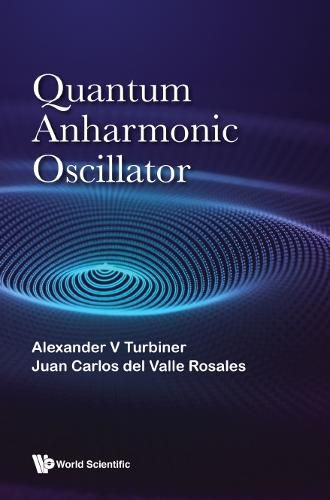Readings Newsletter
Become a Readings Member to make your shopping experience even easier.
Sign in or sign up for free!
You’re not far away from qualifying for FREE standard shipping within Australia
You’ve qualified for FREE standard shipping within Australia
The cart is loading…






Quartic anharmonic oscillator with potential V(x)= x (2) + g (2)x? was the first non-exactly-solvable problem tackled by the newly-written Schroedinger equation in 1926. Since that time thousands of articles have been published on the subject, mostly about the domain of small g (2) (weak coupling regime), although physics corresponds to g (2) ~ 1, and they were mostly about energies.This book is focused on studying eigenfunctions as a primary object for any g (2). Perturbation theory in g (2) for the logarithm of the wavefunction is matched to the true semiclassical expansion in powers of ?: it leads to locally-highly-accurate, uniform approximation valid for any g (2)?[0,?) for eigenfunctions and even more accurate results for eigenvalues. This method of matching can be easily extended to the general anharmonic oscillator as well as to the radial oscillators. Quartic, sextic and cubic (for radial case) oscillators are considered in detail as well as quartic double-well potential.
$9.00 standard shipping within Australia
FREE standard shipping within Australia for orders over $100.00
Express & International shipping calculated at checkout
Quartic anharmonic oscillator with potential V(x)= x (2) + g (2)x? was the first non-exactly-solvable problem tackled by the newly-written Schroedinger equation in 1926. Since that time thousands of articles have been published on the subject, mostly about the domain of small g (2) (weak coupling regime), although physics corresponds to g (2) ~ 1, and they were mostly about energies.This book is focused on studying eigenfunctions as a primary object for any g (2). Perturbation theory in g (2) for the logarithm of the wavefunction is matched to the true semiclassical expansion in powers of ?: it leads to locally-highly-accurate, uniform approximation valid for any g (2)?[0,?) for eigenfunctions and even more accurate results for eigenvalues. This method of matching can be easily extended to the general anharmonic oscillator as well as to the radial oscillators. Quartic, sextic and cubic (for radial case) oscillators are considered in detail as well as quartic double-well potential.